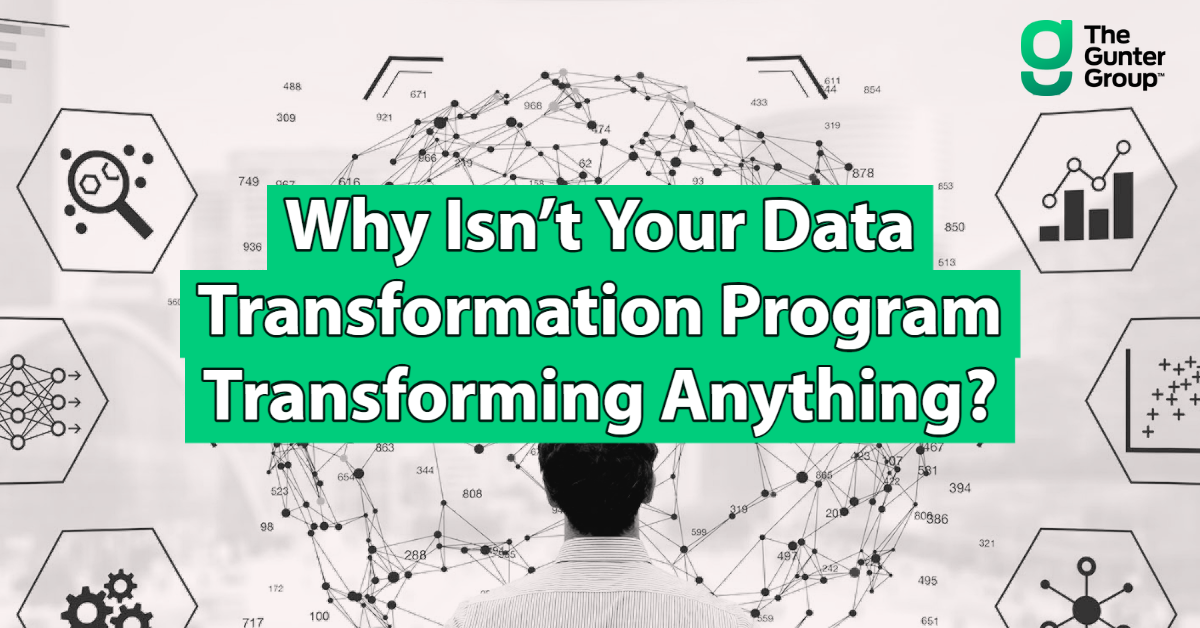Matt Jamison, Principal Consultant and Service Leader for TGG’s Technology Practice, shares strategies to mitigate tech debt and use your data to its fullest potential.
Tag Archives: Data
WHY ISN’T YOUR DATA TRANSFORMATION PROGRAM TRANSFORMING ANYTHING?
Matt Jamison, Principal Consultant and Service Leader for TGG’s Technology Practice, explains TGG’s unique approach to Technology work and explores current industry trends.
A QUICK AND DIRTY GUIDE
TO DATA MATURITY
Matt Jamison, Principal Consultant and Service Leader for TGG’s Technology Practice, explains TGG’s unique approach to Technology work and explores current industry trends.
SURVEYING THE DATA LANDSCAPE IN 2022
Matt Jamison, Principal Consultant and Service Leader for TGG’s Technology Practice, explains TGG’s unique approach to Technology work and explores current industry trends.
ARTIFICIAL INTELLIGENCE & YOUR BUSINESS: 3 THINGS TO KNOW
Artificial intelligence is all around you. You have been using it for a while, probably without even knowing it. Gmail finishes your sentences. Your phone corrects your spelling and grammar. Instagram decides what to show you next. Spotify creates perfect playlists of new music. Advertisements know exactly what you’re thinking. You use AI hundreds of times a day.
USING AN ARCHEOLOGICAL APPROACH TO DELIVER TRANSFORMATIONAL DATA ANALYSIS
The potential of data analysis, especially in this age of “big data,” is immense but it’s important to use appropriate models to help explain that data and to ask the right questions in the first place.





